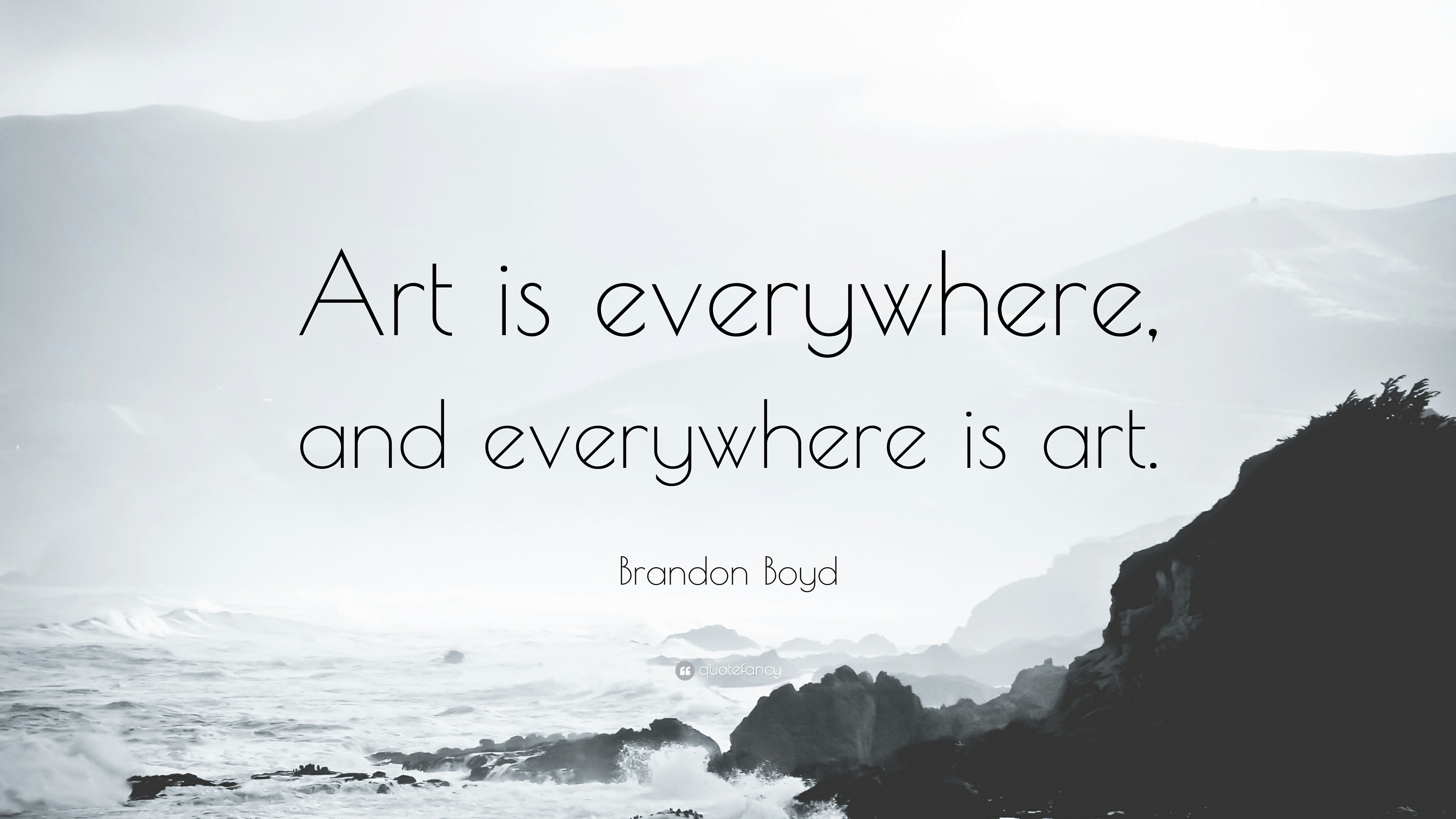A topic that was presented to me towards the end of the semester were differences between Renaissance art and Baroque Art. On this themed museum tour, you’ll see five examples of Renaissance and Baroque pieces I have found at the Metropolitan Museum of Art.
Going in chronological order, we’ll start with Renaissance pieces. The first piece titled Madonna and Child with Saints Catherine of Alexandria, Leonard, Augustine, and Apolloni by Girolamo dai Libri is a great initial representation of Renaissance art. It’s origin alone, Verona, Italy, made in the 15th century is your first indicator. It was painted for the Augustinian church of San Leonardo, an altarpiece. The juxtaposition of the lively tree and the dead one beside it represent Death and Resurrection – key themes in Renaissance art. Renaissance art is very large on liveliness, rebirth, education, teaching, philosophy and beyond. This piece is a good representation of these themes.

Second on display is an oil on canvas, Renaissance piece called Saints Peter, Martha, Mary Magdalen and Leonard by Correggio (Antonio Allegri). Depicted are four standalone saints, in their deep thought. It is said that Correggio’s work was often inspired by Leonardo da Vinci’s work, a true Renaissance artist.

How these works differ from Baroque art work will be discussed with the following Baroque pieces. You would find all of these pieces in the European Art wing of the Met. It’s categorized by year 1250 – 1800, evidently including the 15th – 16th century (Renaissance works) and the 17th century (Baroque works). Baroque art work evolved from Renaissance times. It’s more about dramatic movements and motions. It was more inclusive, made for even the most illiterate to participate in.
My third viewing is titled Saint Francis in Ecstasy by Giovanni Benedetto Castiglione. Upon initial glance, you can automatically draw your attention to the dramatized scenery. Vignette effect around a lit Saint Francis holding up a cross against the sky. The scene seems half realistic, half dramatized with the skull at his feet. It follows elements of Christ from the Renaissance time periods as well. There is somewhat of a unclear split between what is of the spiritual world and the realistic world as well.
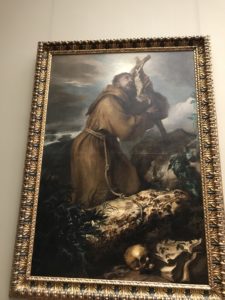
My fourth and fifth pieces are also Baroque pieces. They are from the 17th century which followed the Counter-Reformation religious shift at the end of the 16th Century. Many works were altarpieces that contained a great sense of grandeur and lavishness to them.
Number four is by Caravaggio called The Denial of Saint Peter. Off bat you can see there are only two to three brightly lit subjects while the rest is set in dramatic black. There is a solider pointing his finger at Saint Peter and the woman’s two fingers represent three accusations to Peter’s three denials.

My fifth piece shows you around more dramatized effects of the Baroque art period. It is a dramatic hunting scene called A Forest at Dawn with a Deer Hunt created by Peter Paul Rubens. There are three aspects in which “hunting” is represented by: light vs. dark, growth vs. decay and life vs. death.
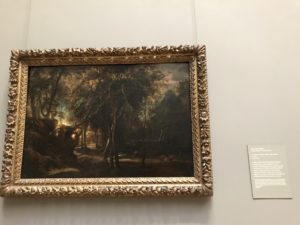
I chose these specific pieces because it stood out to the eye. I also searched for specific key words on the description placards such as “life, death, Renaissance, dramatic, exaggerated,” and much more. These art works accurately represent the time periods they were created in, both Baroque and Renaissance.
Works Cited:
Britannica, The Editors of Encyclopaedia. “Baroque Art and Architecture.” Encyclopædia Britannica, Encyclopædia Britannica, Inc., 10 Dec. 2018, www.britannica.com/art/Baroque-art-and-architecture.
Metmuseum.org, metmuseum.org/art/collection/search/437526.
Metmuseum.org, metmuseum.org/art/collection/search/437986.





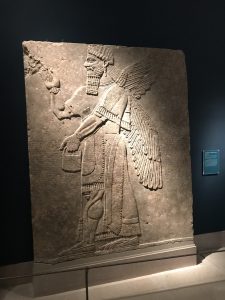
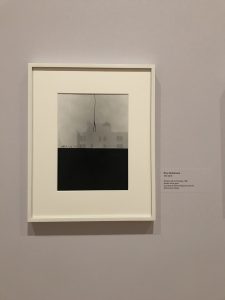
:max_bytes(150000):strip_icc()/elements-of-composition-in-art-2577514-v3-5b5b6c73c9e77c002c93c6de.png)
